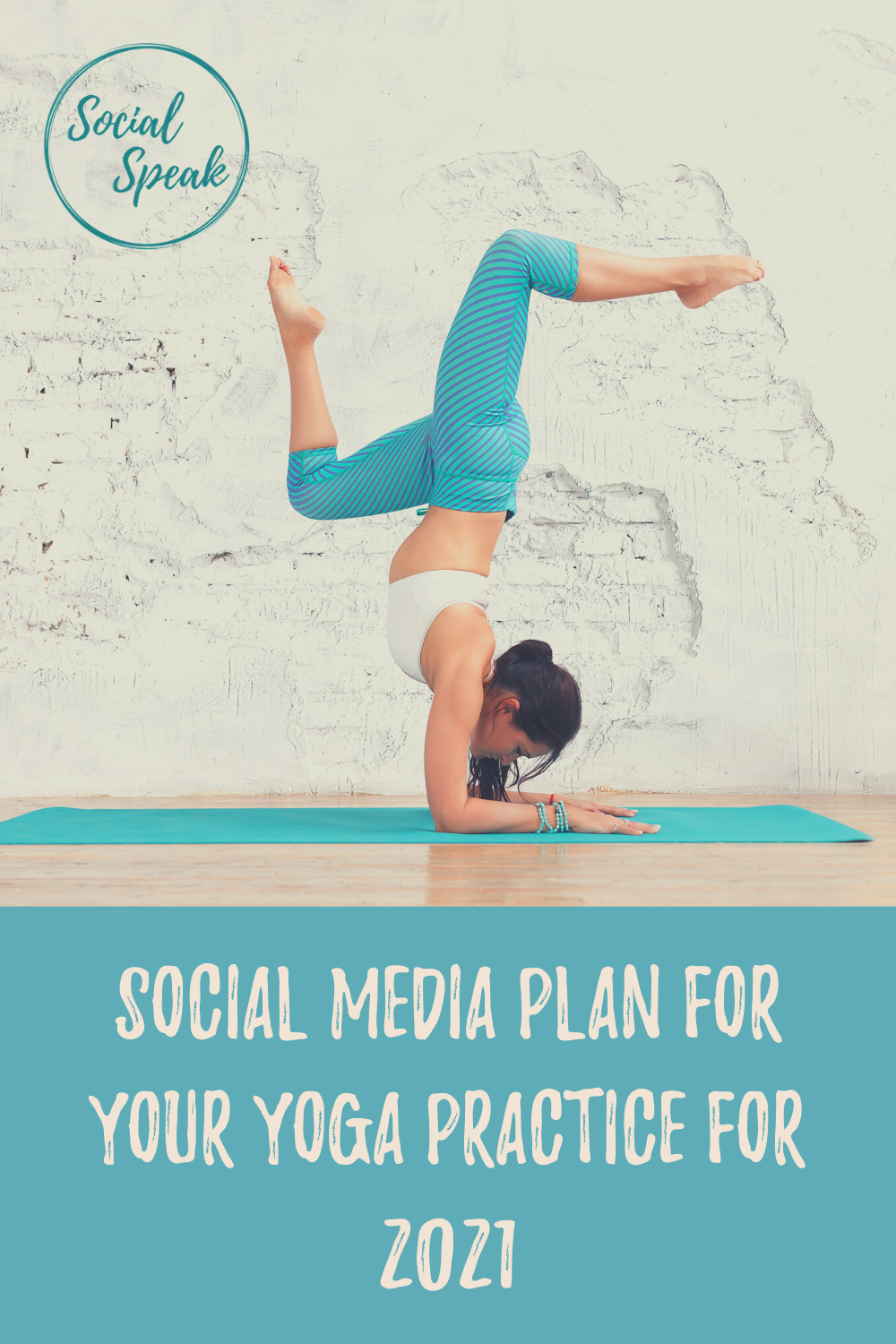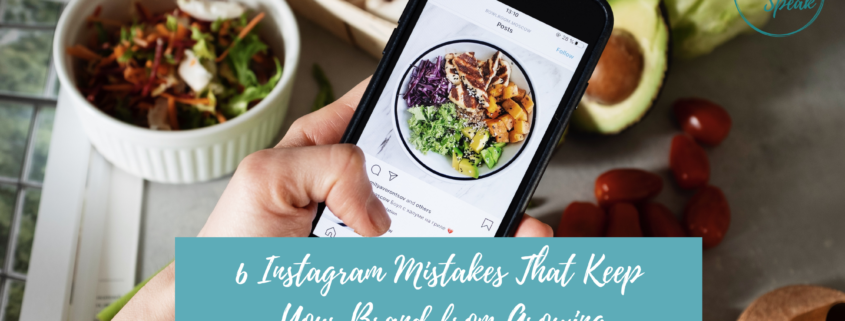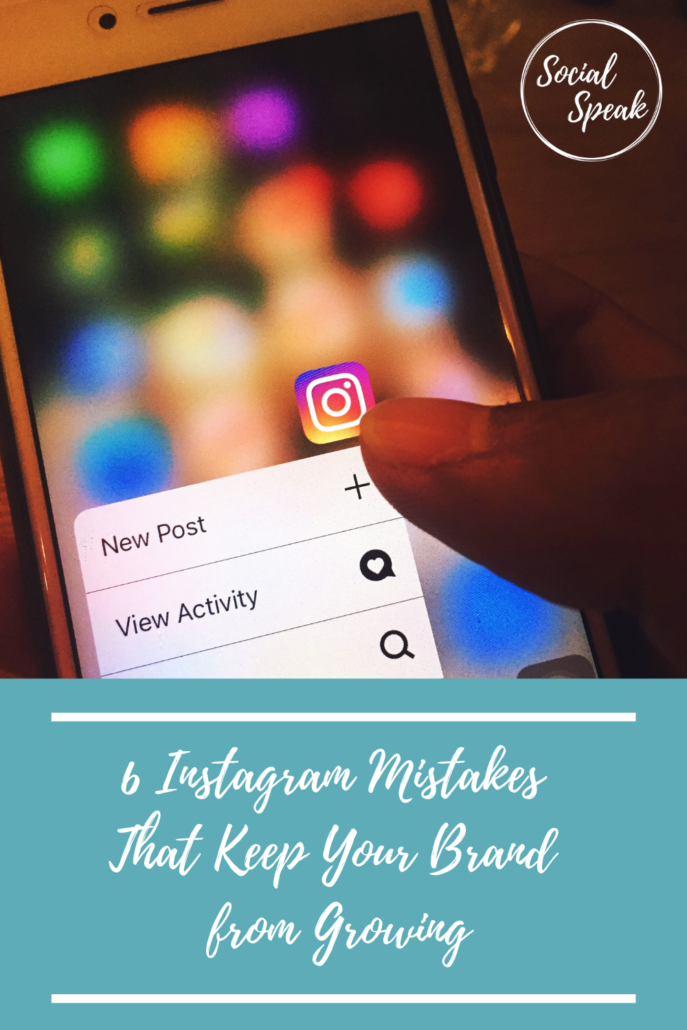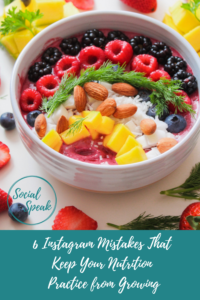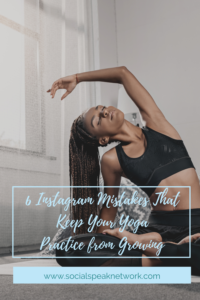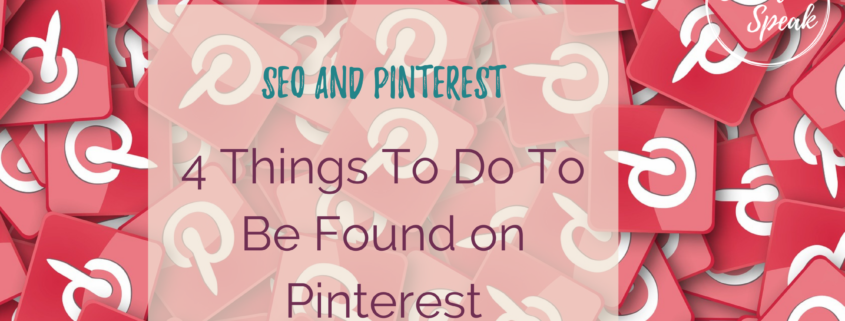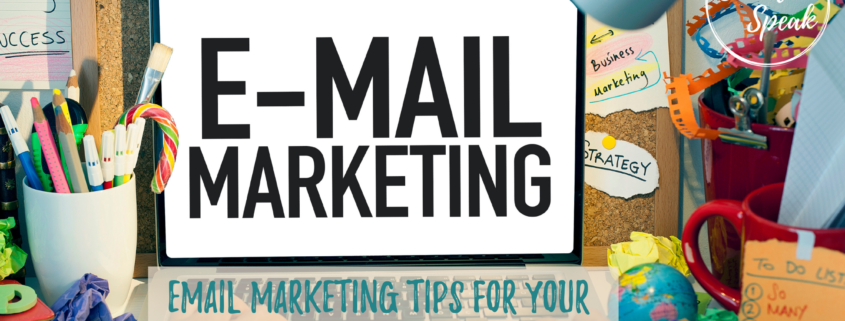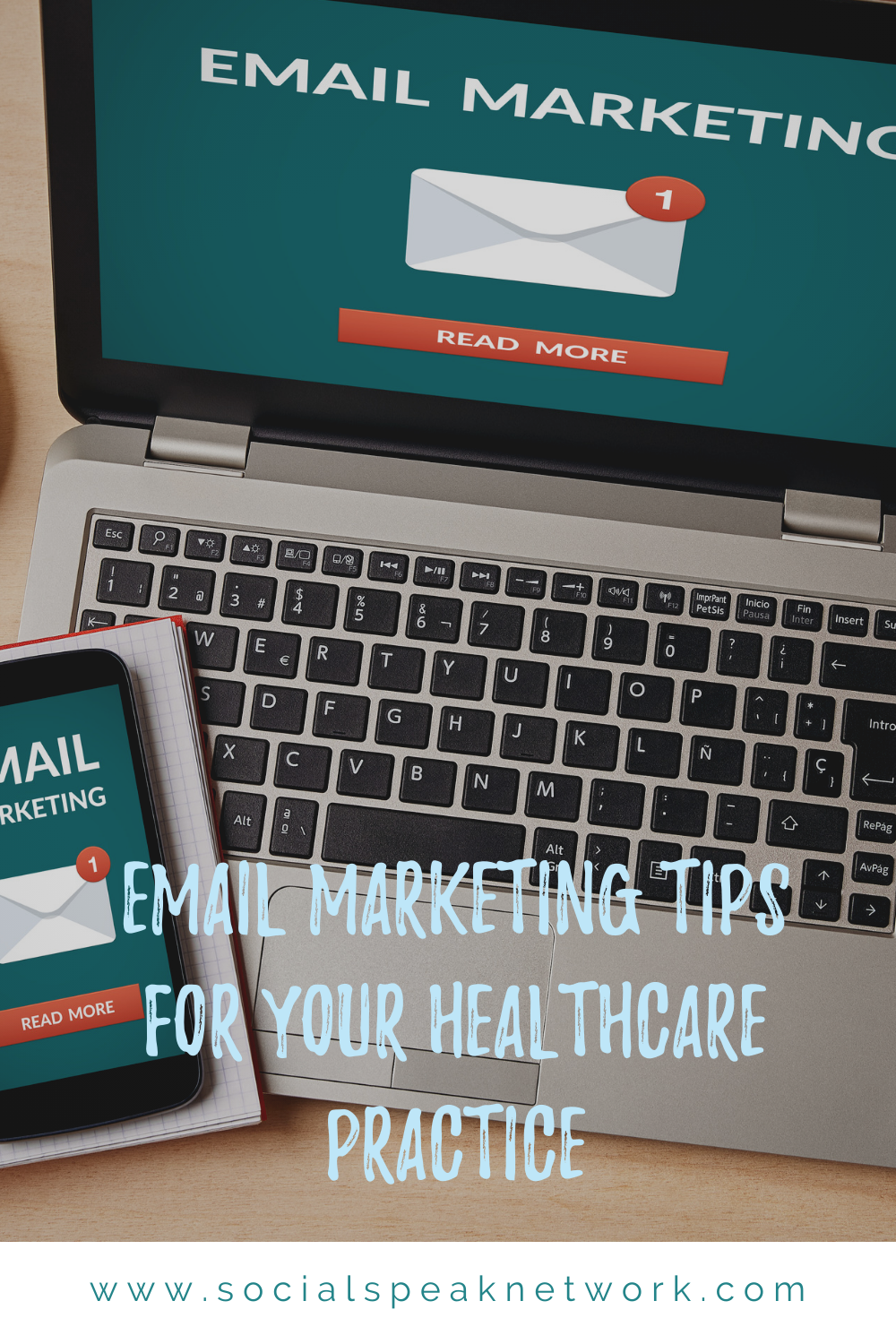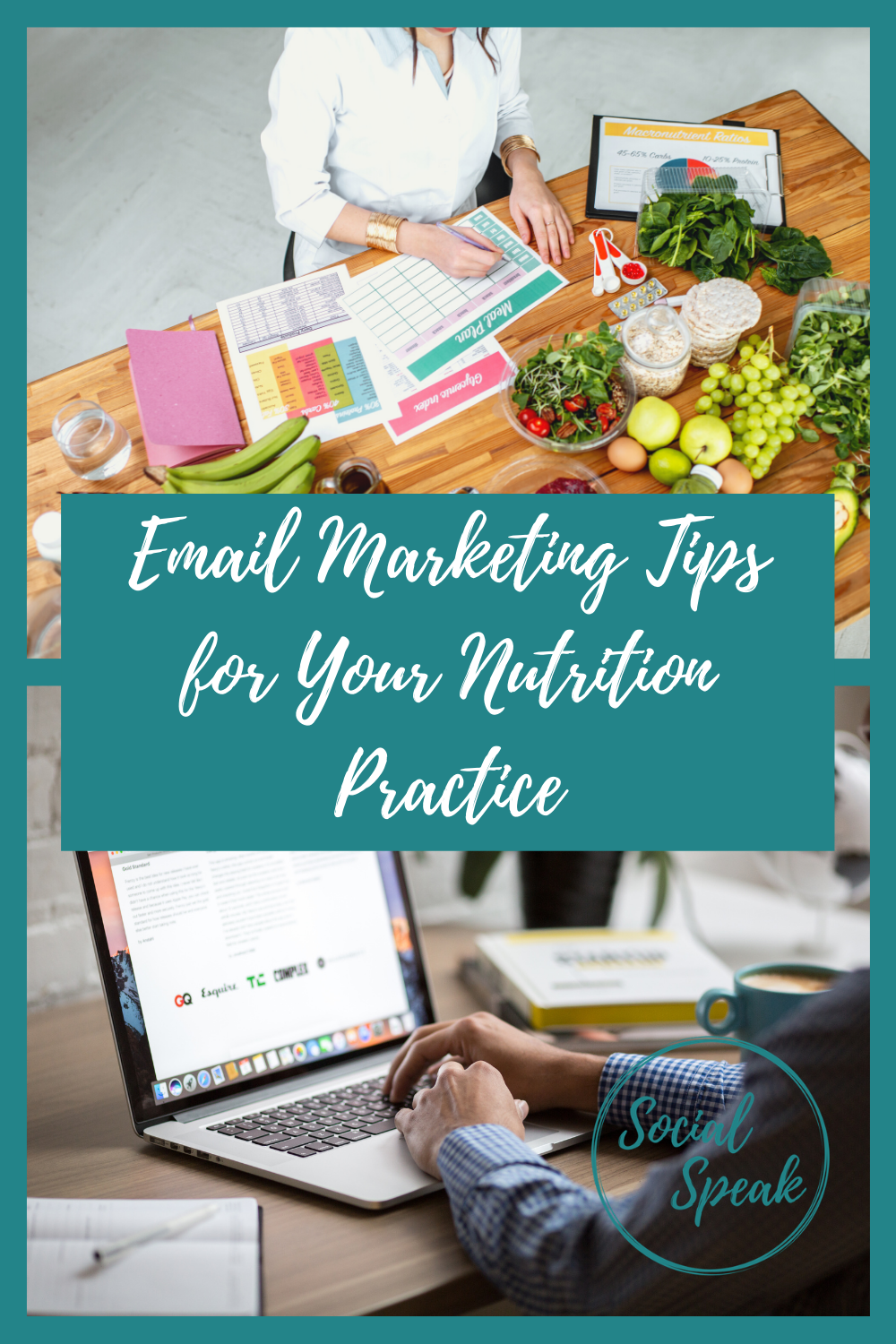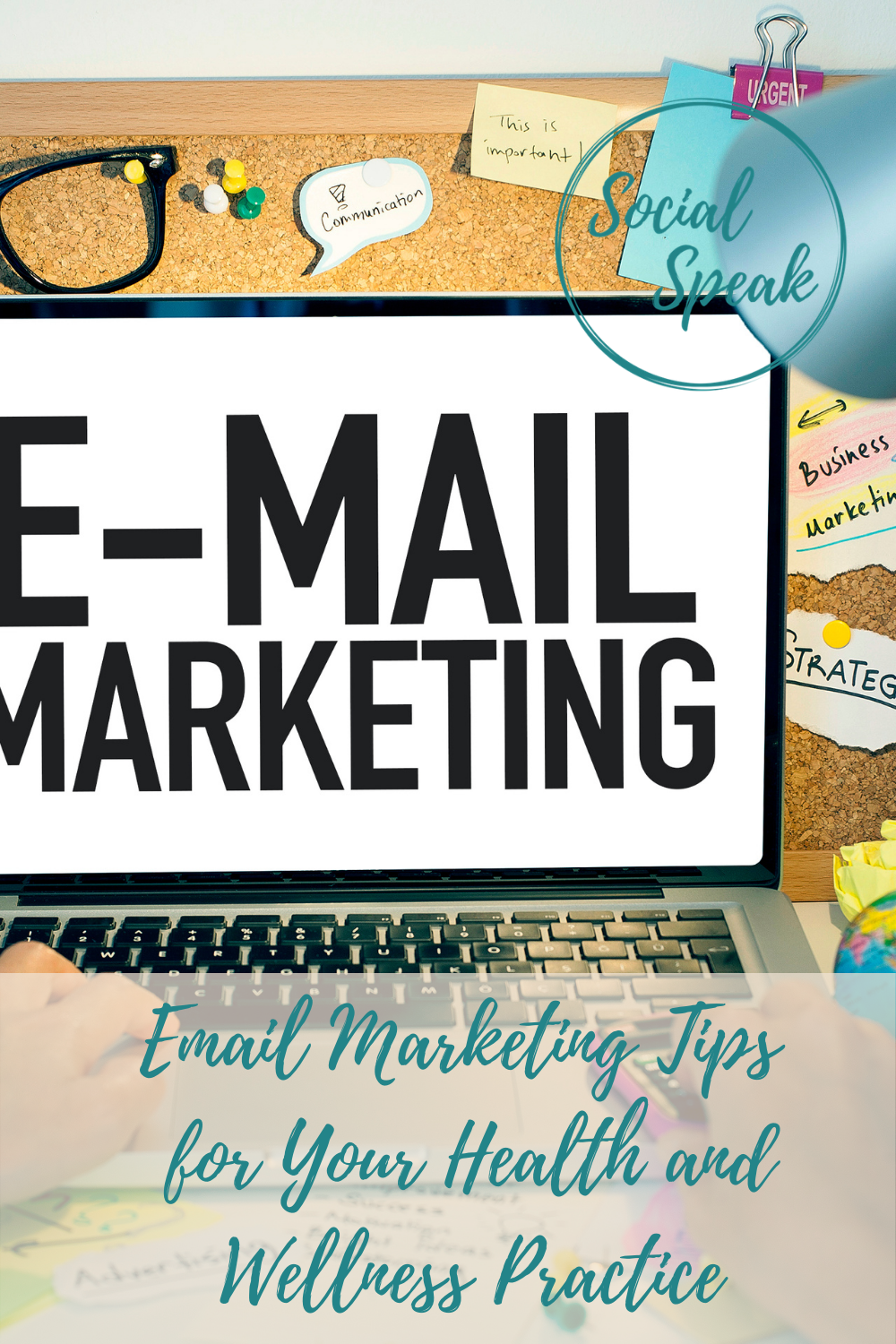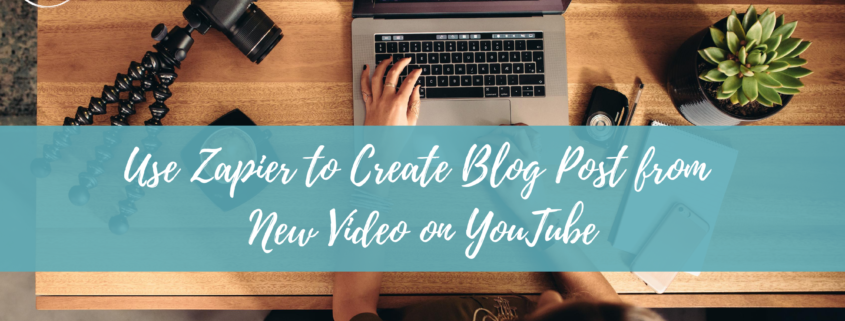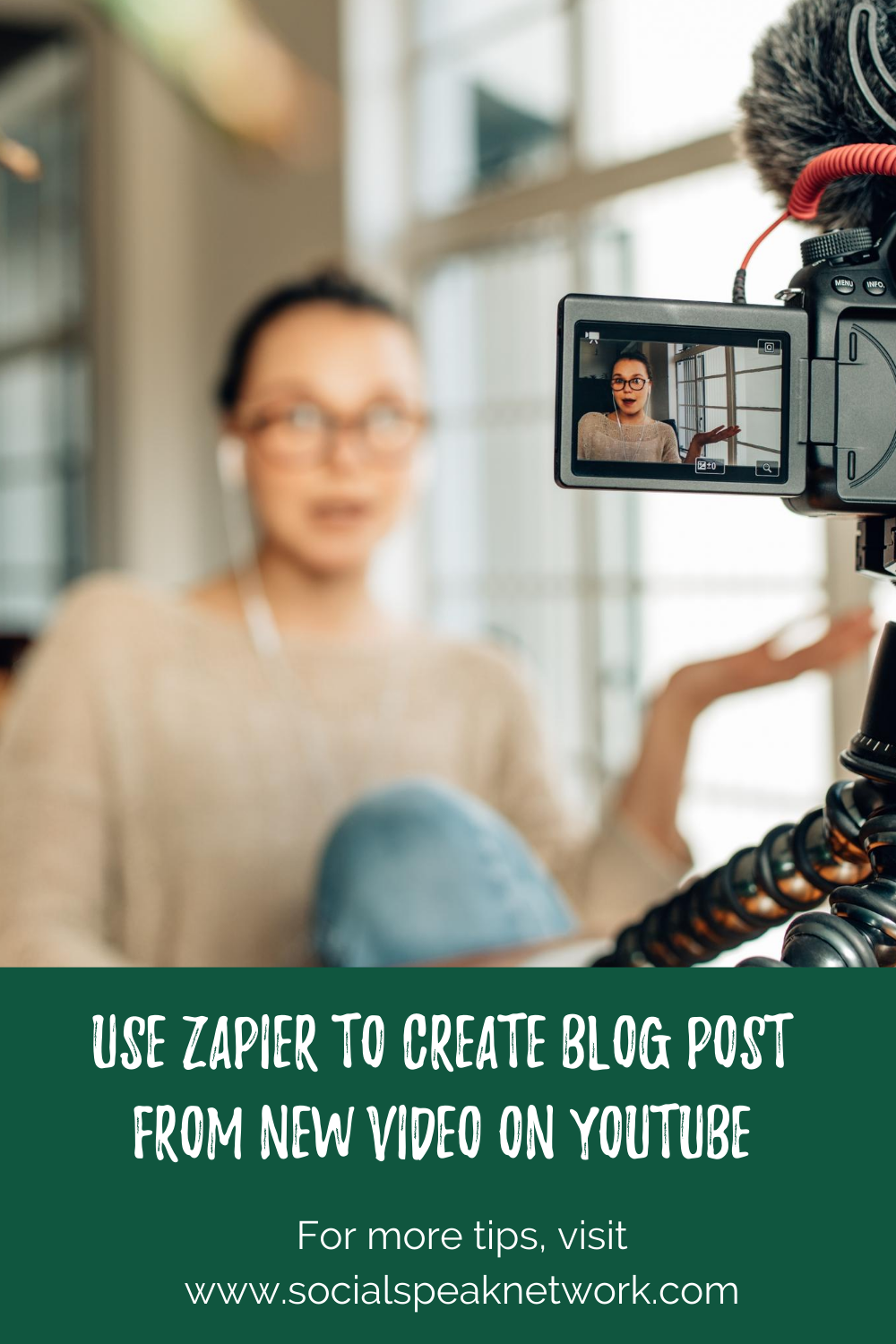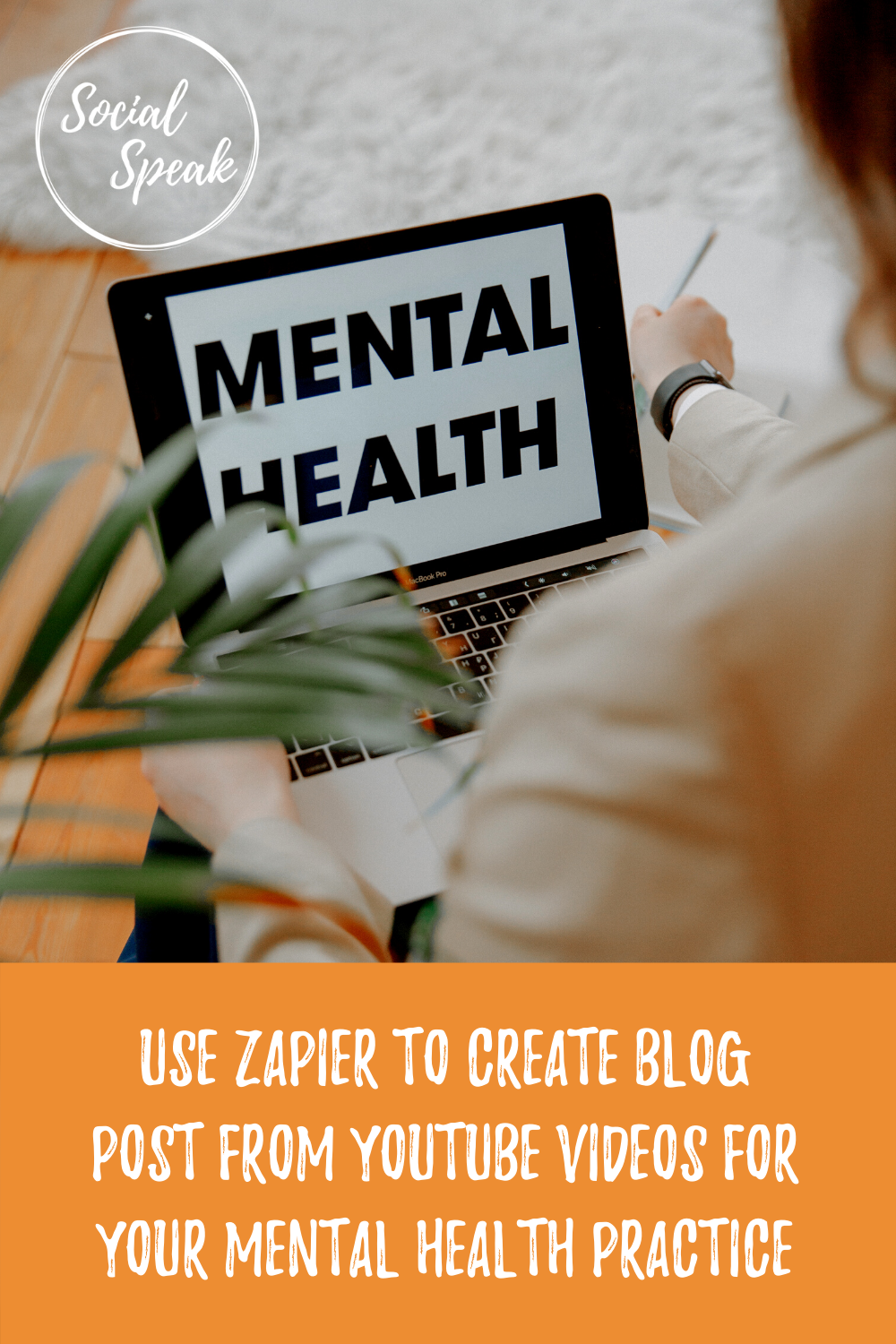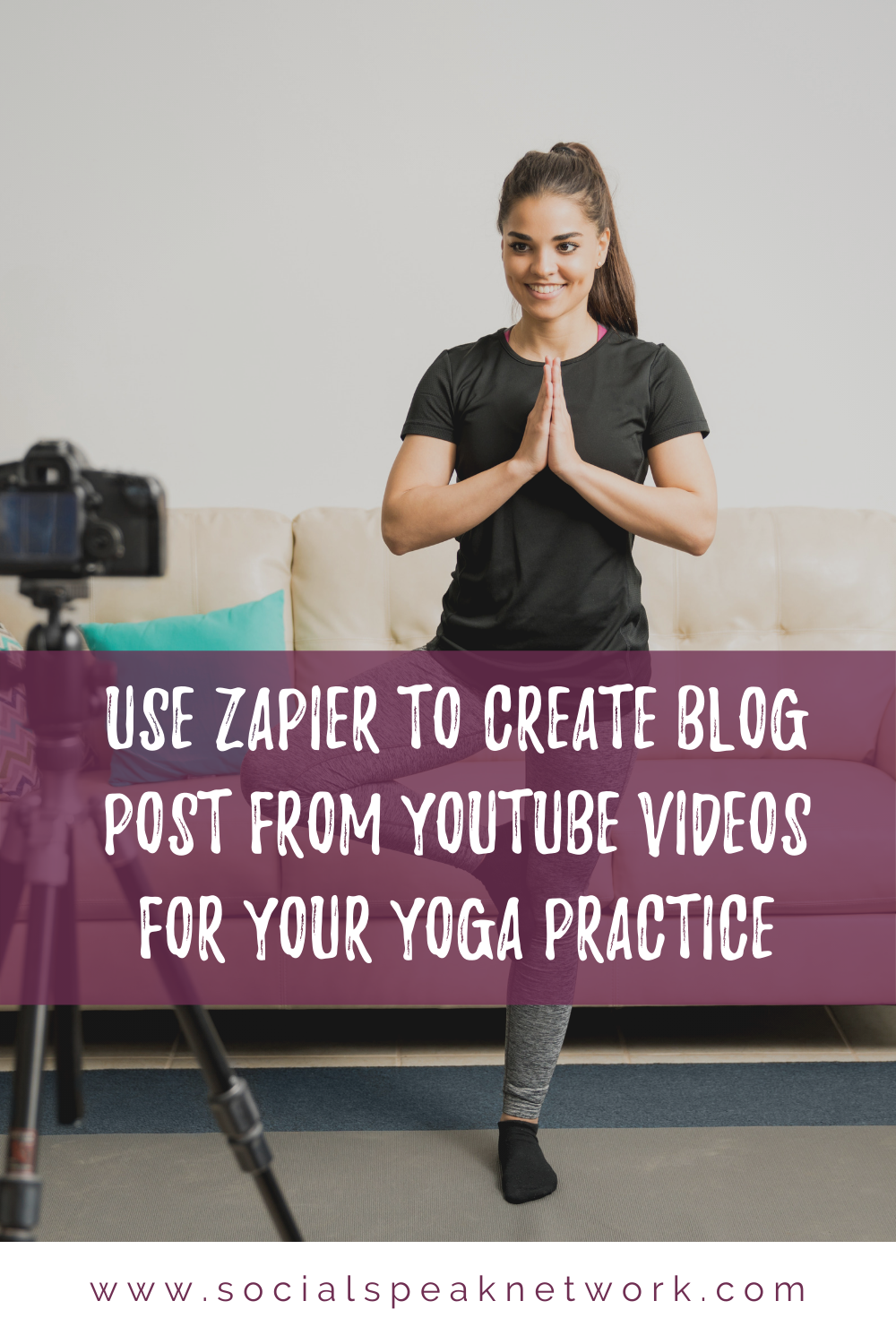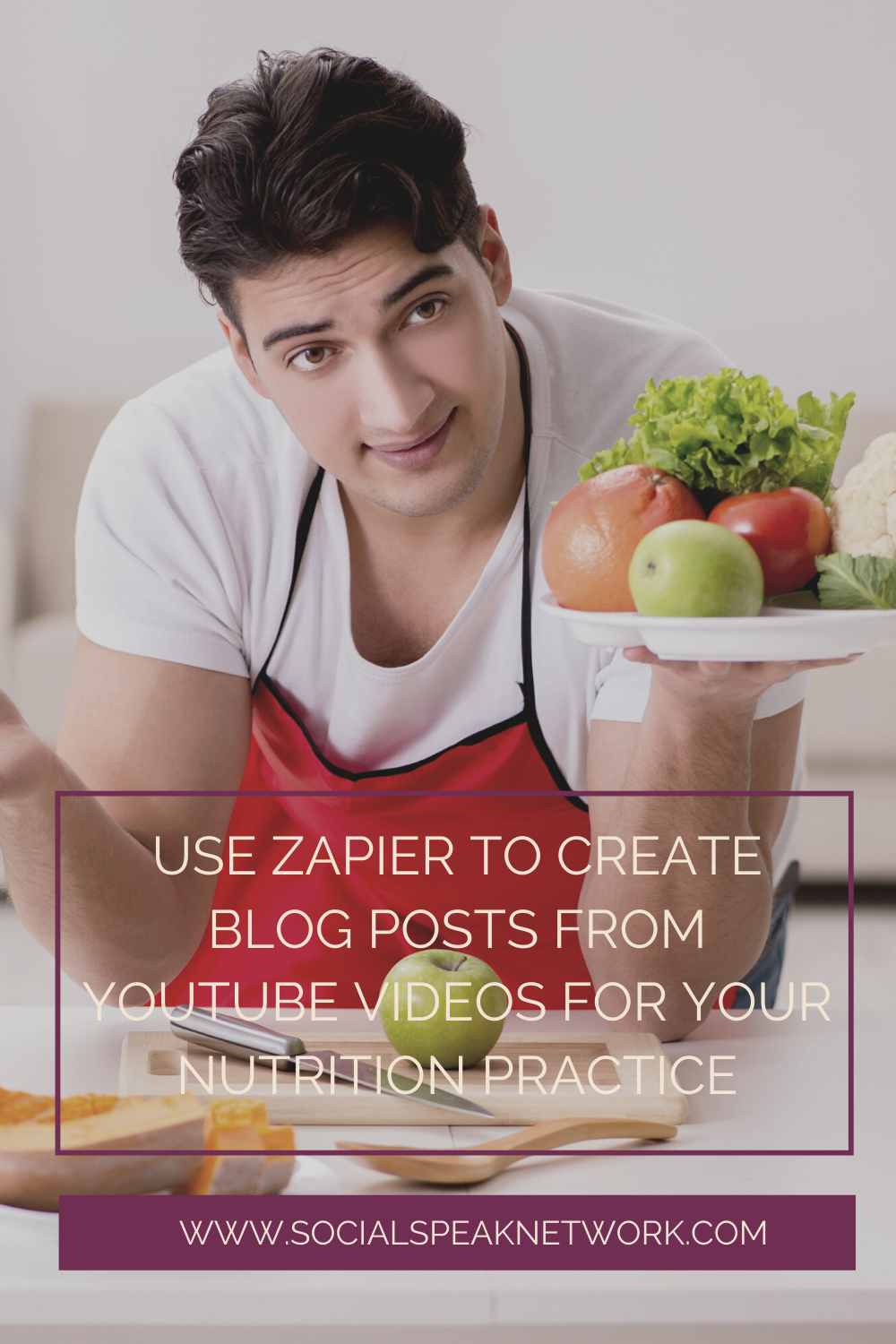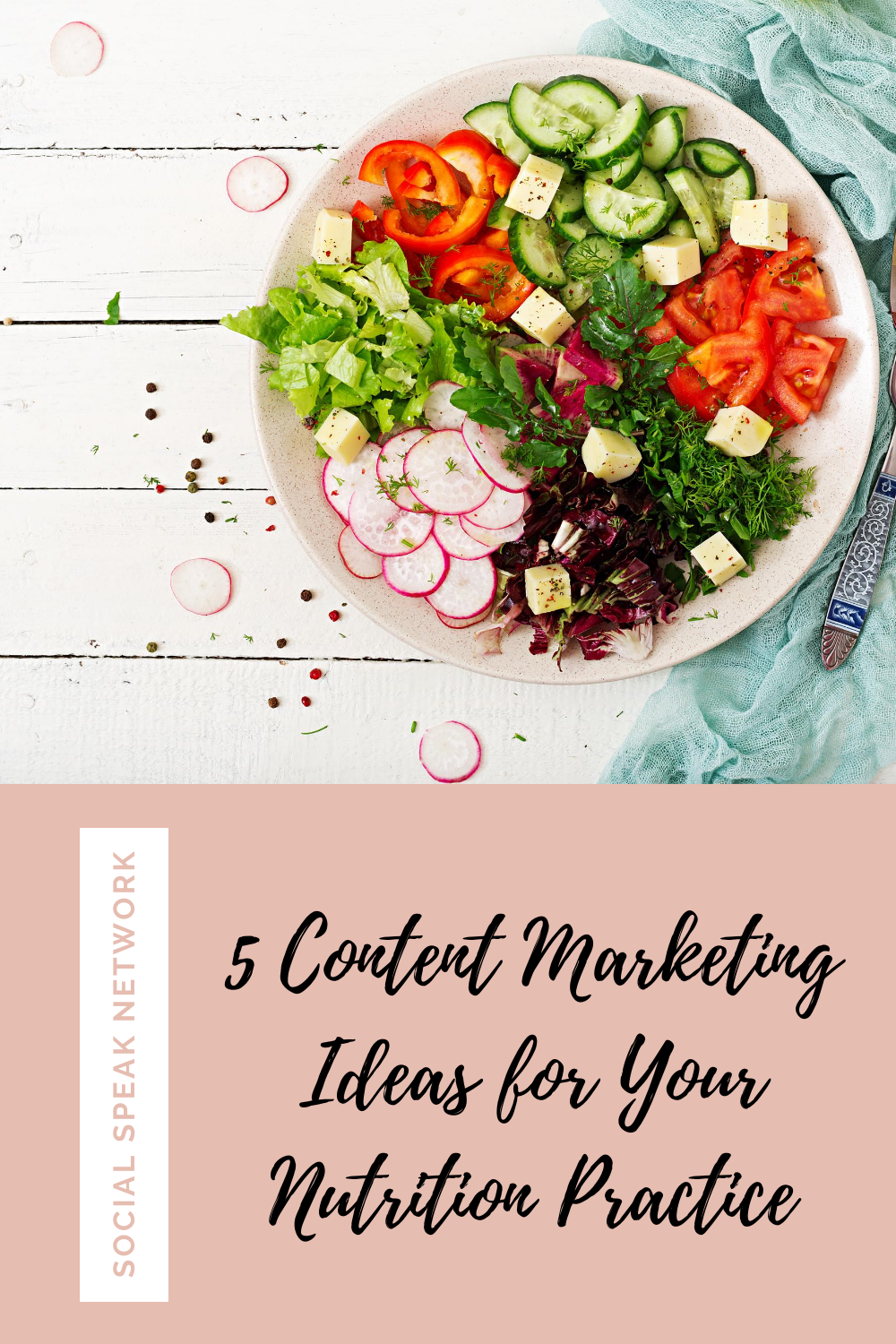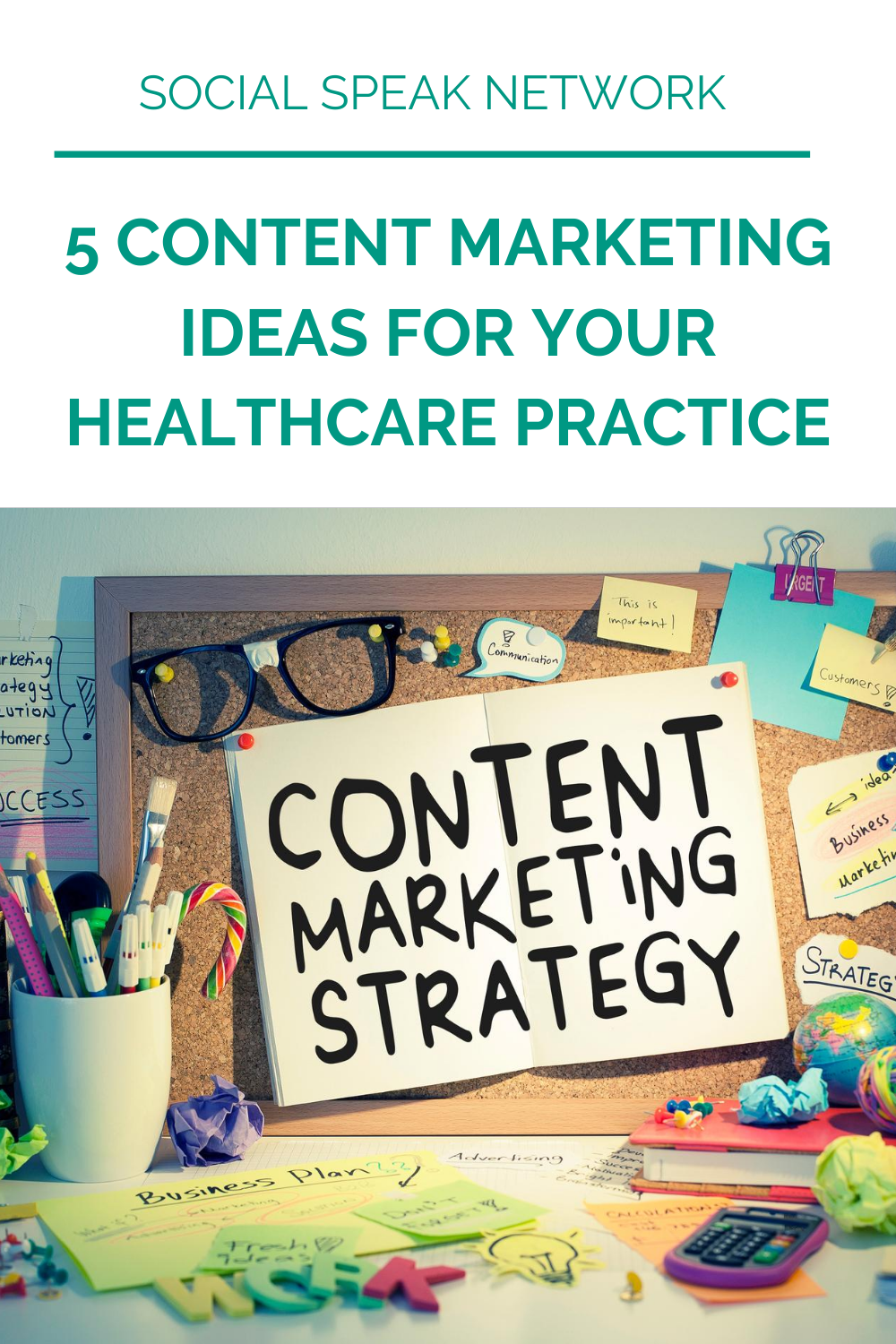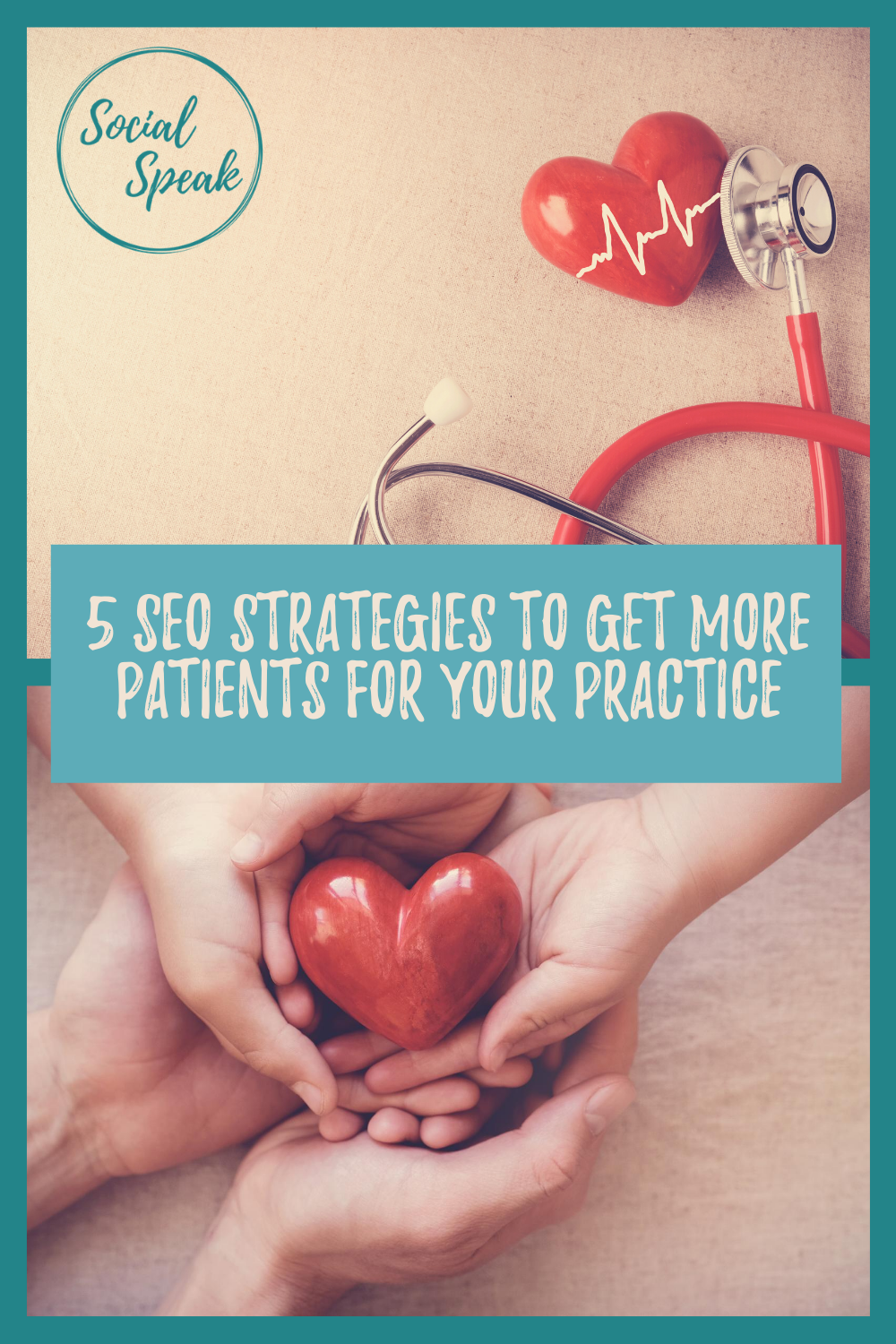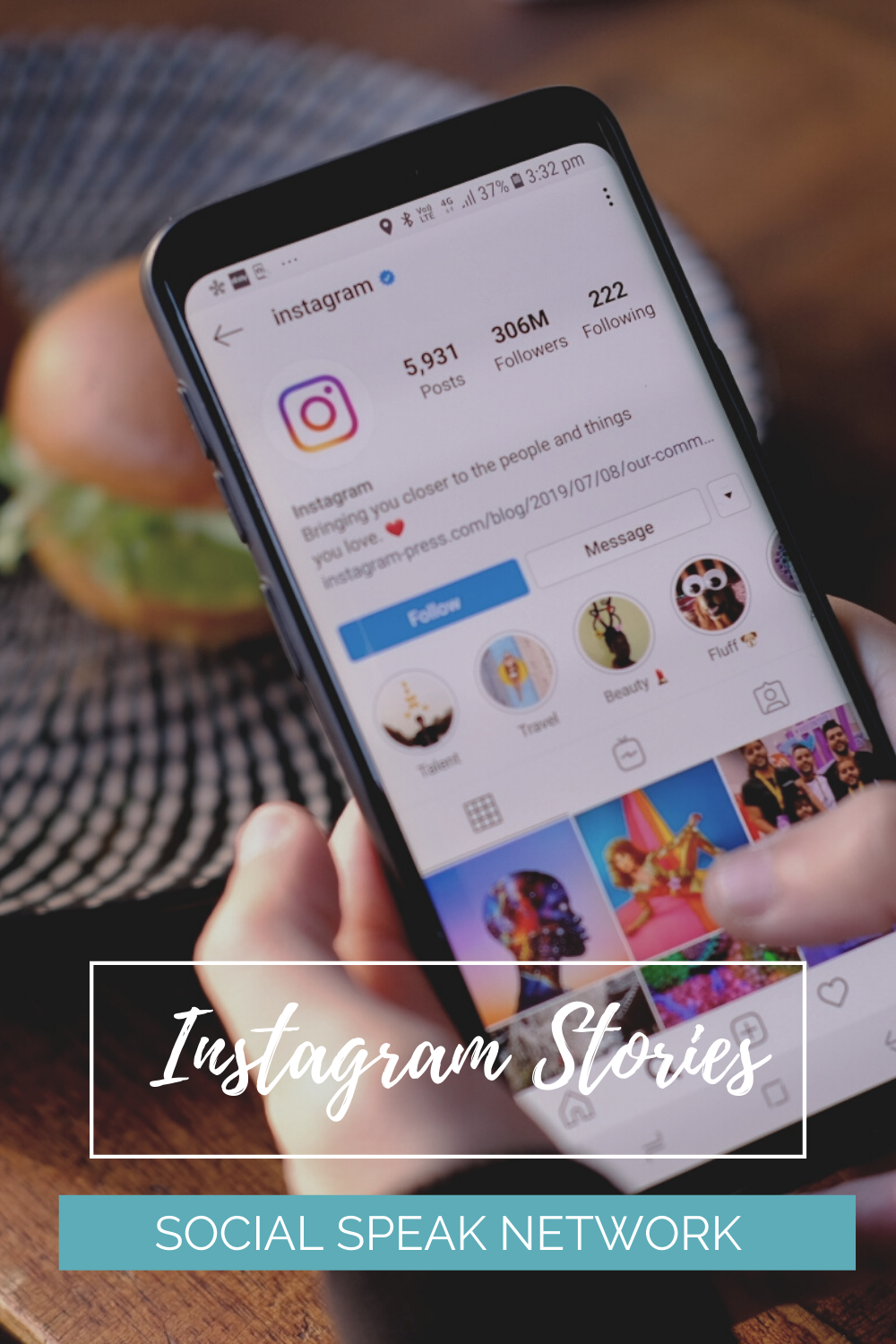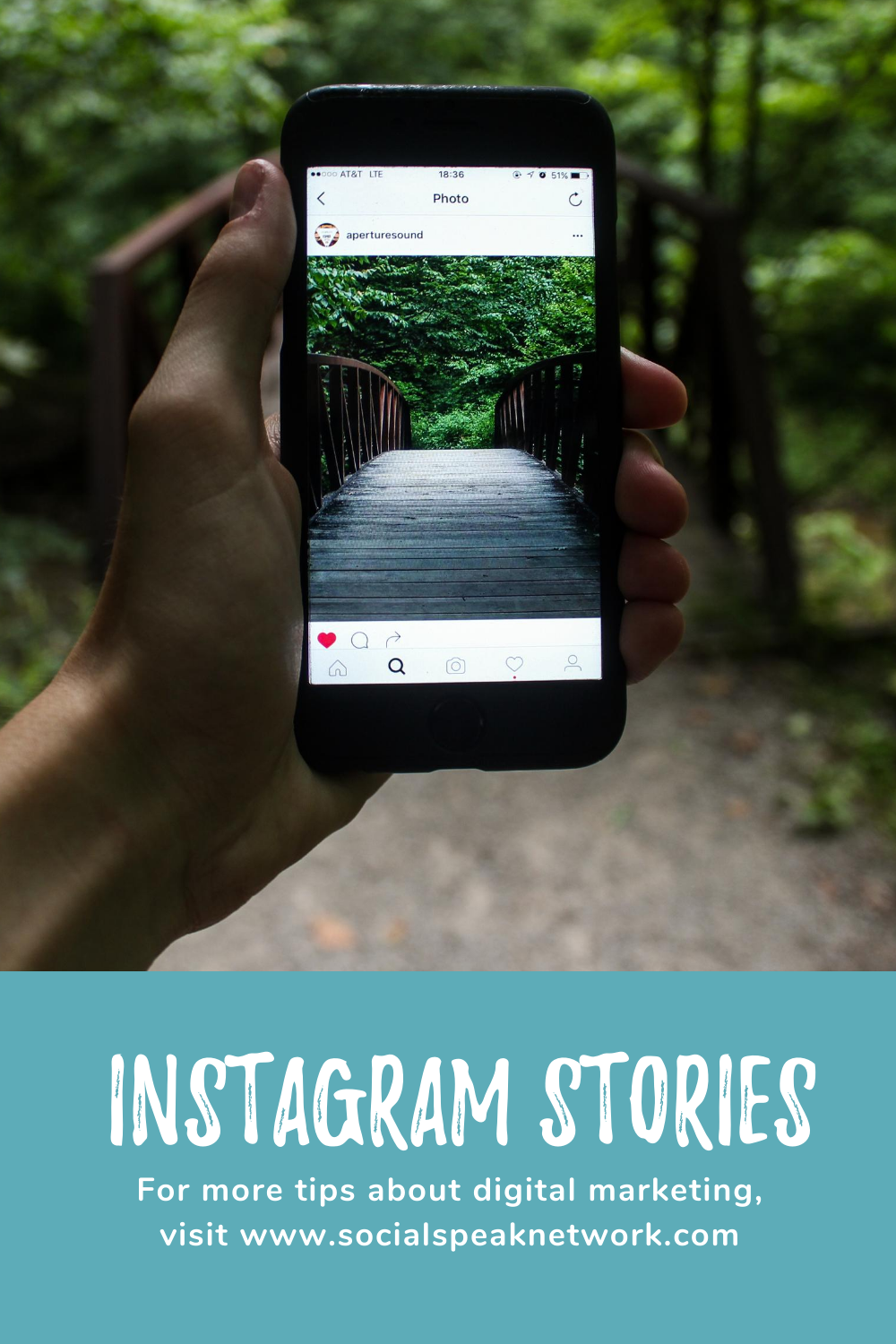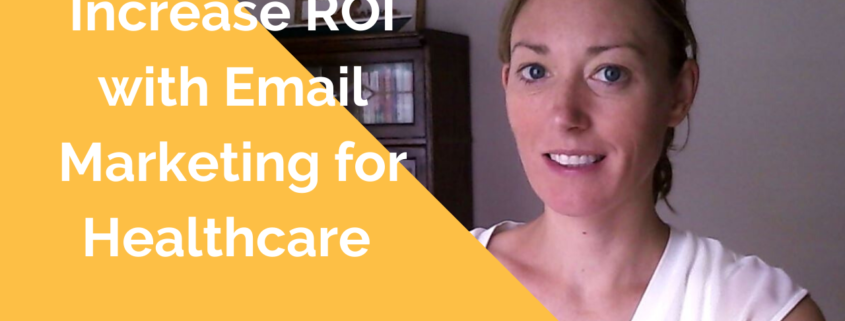In today’s blog, we’ll be covering six tips to create your healthcare social media plan for 2021. Yes, 2021! We are entering the fourth quarter already of 2020, and it’s really important to be proactive when it comes to your social media strategy. Because the more that you plan, the easier it is.
You’ve heard of us talking about this a little bit throughout the year. We always like to do a quarterly check-in and just see what’s working and what’s not working.
So if you haven’t done your review yet, take the time this fourth quarter to really look at each of your social media platforms, (Facebook, LinkedIn, Instagram, Pinterest, Twitter, YouTube), you need to look at their Analytics. Look at each quarter, look at the whole year, look to see what posts have gotten the most engagement, and also look at your Google Analytics to see where that social traffic is coming from.
Are you getting a lot of website traffic from Pinterest or Facebook? Are you getting a little website traffic from Instagram, but you’re getting a lot of engagement? So really looking at each platform, what is working, and what’s not working on each one. Why? It’s because each platform has its own purpose.
Like with Instagram, you may get a lot more engagement, but you’re not gonna get a lot of traffic to your website; whereas Facebook and Pinterest, maybe you get less engagement, but more traffic to your website, so looking at those and looking at them individually and seeing what’s working. So that was number one, doing your social media review.
Content
So after you do your review, make sure you write down what content works the best, and figure out new ways to implement new content for 2021.
According to Tubular, by 2021, 80% of Internet traffic will be from videos, that’s huge, 80%. And a lot of that is done by the phones.
So you have to think of what types of posts you’re putting up. Are you doing more personal posts of you and your staff, patient testimonials, and short little videos? Are you doing doctor interviews, patient interviews, educational videos where you are talking, maybe you have a weekly FAQ section?
What are the types of content that you have put out over 2020 and what’s work the best? And then make a list of the content that you want to do more of in 2021 and things you wanna try.
So maybe you’ve just been posting, repurposing content from outside sources, which is great. It’s always good to share articles from your industry, Facebook loves that. But maybe you want to have original content. Maybe you should start blogging in 2021 and have that content go out to social media and drive that traffic back to the website. Think of different types of content that you want to implement into your social media plan for 2021.
Set goals
I know sometimes it sounds so like, “Oh, it’s just social media, we don’t need to have goals.” But you do. You need to really look at how many followers and likes do you have right now, and what’s that number you wanna get to. Sometimes, it’s not always the quantity, it’s more quality.
So you may have 1500 likes, but your engagement with them is amazing. So you may say, “Okay, I’m not really worried about growing my likes on my Facebook page, but I wanna reach even more people.” And so looking at those goals, maybe you tapped into Facebook ads a little bit in 2020, but your goal is to really master Facebook ads where you can see that return on investment, “I wanna grow my email list by 200 people in 2021.”
Well, you’re gonna grow that email list by creating really successful Facebook ads, you’re not gonna grow that email list by just posting. So setting those goals and looking at how you can utilize Facebook ads, Instagram ads, and making sure, looking at the kind of, if you’re new to the Facebook ad world, okay, you may be tapped into it or you boosted a post, but you really didn’t get anything from it.
Let’s dive into that a little bit more. What post did you boost, did you create a specific audience? Sometimes we have clients that say, “Oh, I tried the ad thing, it didn’t work for me.” But they have a brick and mortar practice in one city, but their ad is going out to everyone. So if you have a brick and mortar practice, you wanna make sure that you’re only doing a 25-mile radius and you wanna utilize the tools that Facebook provides you to set that target audience, that’s really important to make sure your ad is going to the right people. So setting those goals for your social media is a really important step.
Make sure you’re reaching your target market
So there’s a couple of ways you can do this. Obviously, a lot by trial and error of what platforms you’re posting to and where that engagement is coming from. You can also do a survey. You should have a patient database or an email list, and you can ask them what social media platforms are they a part of, even if you have, like your sign-in sheet at the front desk, add a couple of columns.
Where are you most active on social media? And just have Facebook, Instagram, and LinkedIn or Twitter, and then ask them. If you have a good relationship with your patients, they already know, like, and trust you, and they want to help you be successful because they’re coming to you for a reason, and hopefully they’re so happy about the results that they have seen with you, that they wanna be able to share your posts and tell their friends and families.
So if you are connecting to them on social media, that’s a great way to create those posts to talk to that target audience. You could also go a step further if you already have a large client database. When you’re looking at those Facebook ads, you could upload a lookalike audience, so it will target people that have the same similarities as that list already.
If you’re putting all this time into Twitter and you’re putting up three or four tweets a day, and you’re following all these people, but you’re not getting any engagement, that may be a platform that you say, “You know what, this isn’t something that is going to work for us, we need to let Twitter go,” or “We’re only gonna post once per week, and we’re gonna focus our time on these platforms.” So just knowing where your audience is at.
If your audience is women and mothers, you need to be on Pinterest. You need to start creating those Pins, especially if you are an OB/GYN or an Endovascular Center that focuses on uterine fibroid embolization, you need to be on there because that’s where women are going.
Pinterest is a visual search engine, just like Google. The demographics on there are about equal, but women have a little bit higher presence on Pinterest, so if women are your target market, you gotta get on Pinterest and Instagram because that’s really where you’re going to reach them.
Look at your competitors
So you wanna see what are they doing. Facebook came out with page transparency about two years ago.
So if you go to a Facebook page on the right-hand side, it will say page transparency. That allows you to see what ads they have running and how they’ve been doing. You can kind of, in a way, spy on what they’re doing. This really gives you a good foundation of what’s working and what’s not working.
If you are an individual healthcare practice, like a Family Medicine Practice, you may wanna look at the larger hospitals of what they’re doing because that would help give you an idea of the content that they’re putting together, the ads they’re running, and then how you can tailor your own ads to reach your target audience.
So it’s really important that you’re always looking at those competitors, both in-state and out-of-state, nationwide, just so you can see, “Okay, well, we did a similar post, but they had a thousand likes and 15 shares and we didn’t have anything, why is that?” And so it allows you to see how things can be done as well. So that’s number five, looking at competitors.
Create your social media calendar
Once you have done all of these steps, you are now at the place, you have your notes, you’ve looked through everything, you have a good idea of what you wanna do, what you wanna implement, now it’s time to go back to that content calendar and create your social media content calendar for at least, at least the first quarter of 2021.
You are gonna create that, we will put a link to a social media content calendar that we use that you can make a copy of, and you’re going to in there put what networks you’re gonna work on, what resources you’re going to share from, what content ideas that you are going to implement, what videos you need to record, what goals you have? You wanna be able to run this many Facebook ads and put everything together.
So come January 1st, and hopefully, before that, you already have your social media posts written for January. You’ve already looked at what those national observance days are for the health and wellness industries so you know what topics you’re gonna talk about. You’ve already spoken to your doctors, your staff, your patients, and you have set up those times to interview them.
Using Zoom to do an interview call is awesome because you’re allowed to talk, they’re allowed to talk, and you can record that and then upload that directly into YouTube and use it as a social media post or as a blog post. So looking at what videos you want to implement and just having everything in that content calendar.
So come 2021, you are ready to hit the ground running and you are organized, so now, if you just do the first quarter of 2021, come February, you wanna start planning the second quarter, so you’re always about six weeks ahead.
And it’s important too because the industries are always changing, there are always new things coming up, and new news stories, so on your content calendar, you may have a place holder for an article or industry tip, and those are things that are gonna be more in the moment post. You may just schedule those a week in advance. But you wanna know your foundation, you’re gonna be able to know the National Observance days, again, the interviews, you can schedule those out, you can talk about, you put together the topics you wanna talk about, create those images in Canva, find that content that you wanna put with it. So you’re just making sure that you are ready for 2021.
Schedule a free consultation
If you need help putting this social media strategy together, we are here to help you. Head on over to socialspeaknetwork.com, and schedule a free consultation today and we can help walk you through what’s the best steps for your business to start and how we can implement a plan for you. So we are here to help you and we look forward to seeing your social media strategy.



